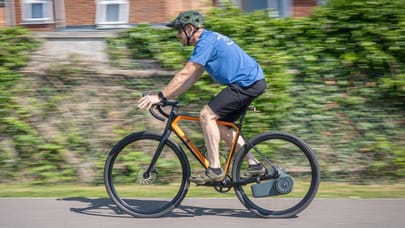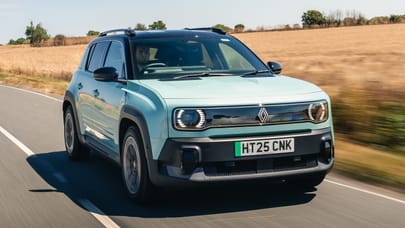
Steer-by-wire: is it the next big tech leap for cars, and can it ever be... fun?
It's not new, but it's coming back into fashion. Here's how it works, and who's using it
At motorway speed you want ‘slow’ steering, so that a tiny movement doesn’t have the car darting out of lane. But if you’re parking or rounding a hairpin, you want ‘quick’ – lots of front wheel angle without having to cross arms or shuffle hands. Steer by wire allows that, and much else too.
It gets rid of the column, so there’s no mechanical link between your hands and the road. Instead, your hands make a request. A processor uses that as just one of its inputs. Other inputs are speed, the sensors for lane keeping, and the state of grip and demands of the ESP. Maybe also if you’re in a 'sport' mode or something more relaxed. The processor comes up with an ‘ideal’ angle of turning for the tyres, and signals to a motor on the rack to deliver it. The system can even dial in hazard avoidance and skid correction.
This isn’t new. It was introduced a few times over the years, first by Infiniti in the 2013 Q50, but then abandoned. Merc and Saab had test cars where you steered by joystick. Now ZF is supplying its system to Nio’s ET9. Toyota/Lexus is starting this year with a setup that has a yoke not a wheel. Tesla’s Model S has a yoke but not SbW, but the Cybertruck has the full by wire ticket.
Given Tesla is leaning into autonomous cars and cabs, you can see why it has a by wire design in production now, because in cars where there are no hands on the wheel – or no wheel at all – then steer by wire will be non-negotiable. Nissan is actually using the Infiniti system in its test autonomous Leafs. Absence of the column also improves packaging around the driver’s footwell and bulkhead, so the powertrain doesn’t have to work around it. Plus, it’s easier to transition a design between LHD and RHD.
If you’re worried about failure, note pretty much everything upstream from the rack is doubled: motors, wires, controllers. Manufacturers have had years to make this stuff reliable, as almost all 4WS systems are by wire at the rear. But then, if they go wrong the rear wheels just point straight and the fronts carry on as normal.
Aside from reliability, the other really tricky bit is making this seem enjoyable and natural. There’s force feedback to the steering wheel via a motor up there, aiming to replicate tyre feel. When the rack motor is working hard, the steering wheel motor torques back against your hands.
Top Gear
Newsletter
Thank you for subscribing to our newsletter. Look out for your regular round-up of news, reviews and offers in your inbox.
Get all the latest news, reviews and exclusives, direct to your inbox.
Trending this week
- Car Review
BMW iX3








